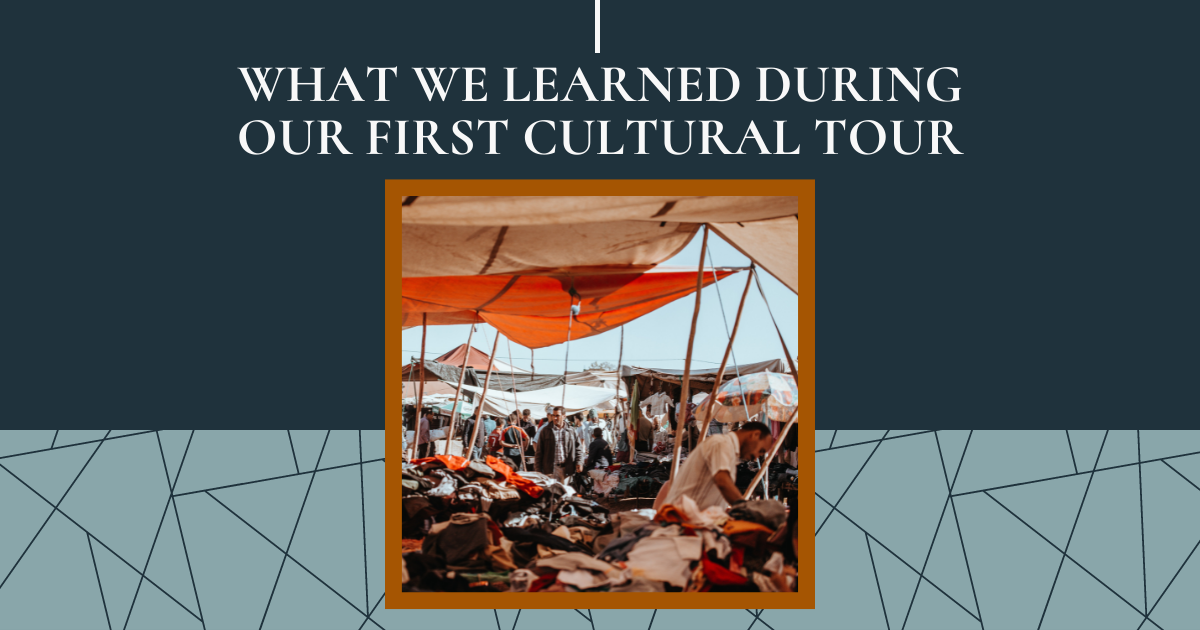Moroccan People
Updated August 2024
Morocco is a very unique country for several reasons. The first is its strategic location in the northwest of the continent of Africa, just 14 kilometers south of Europe. This beautiful country is bordered by the Mediterranean Sea in the North, the Atlantic Ocean in the West, Algeria to the East, and Mauritania to the South. For this reason, Morocco is a crossroads where cultures, civilizations, and ethnicities meet.
The best description given to this country is attributed to the late King Hassan II when he said: “Morocco is a tree with its roots in Africa and its branches in Europe.” Morocco has known, during its history, successive waves of immigration of different people groups who have come to coexist with the indigenous group in this land, the Amazigh people. Morocco, in this sense, consists of various races and ethnicities, such as the Amazigh people, the Arabs that came during the Islamic conquest to North Africa, Sub-Saharan Africans, and many Arab and Jewish families that arrived from the Iberian Peninsula after the fall of Andalusia in 1492. Throughout history, these races have coexisted through a relational affinity unique to the Moroccan population, encompassing different ethnicities, dialects, and cultures. All in all, Morocco is a mosaic of cultures.
Historical Influences Shaping Moroccan Diversity
The Moroccan nation's rich diversity is deeply rooted in its historical timeline. Initially, the area, now known as Morocco, was inhabited by Libyans and Ethiopians, collectively referred to as Berbers. These indigenous groups lived in tribal communities during periods of sultanate dynasties, with no singular government ruling the area.
Over centuries, Morocco experienced the impact of various national groups:
Arabs during the Islamic conquest, significantly influencing the region's culture and religion.
Phoenicians, Byzantines, and Romans, each leaving their mark through trade and conflict.
Spaniards and Portuguese, who engaged in hostilities along the Spanish coast.
Turks, Europeans, and the French, whose rule and interactions further shaped the region.
This tapestry of external influences continued until Morocco gained independence in 1956.
Religious and Cultural Transformation
Throughout these periods, religious practices in Morocco evolved significantly. Although many Berbers were initially pagan worshipers, today, the majority of the population (98.7%) practices Islam, with minorities adhering to Christianity or Judaism. This religious shift is a testament to the enduring and adaptive nature of Moroccan culture.
In summary, Morocco's cultural mosaic is the result of a long history of diverse influences and interactions that have shaped its unique identity. The blend of indigenous Amazigh traditions with those of Arab, Sub-Saharan African, Iberian, and various European groups has created a rich, multifaceted society that continues to thrive in its diversity.
Moroccan People Groups (Ethnicities)
The Amazigh
These are the indigenous people of this country, divided into three groups according to their locations. Consequently, there are those who speak the different dialects of Amazigh: Tashalhit in the area of Souss, Tamazight in the South and in the Middle Atlas, and Tarifit in the North. Throughout history, the Amazigh tribes, such as Sanhaja, Masmouda, and Zenata, played great roles in founding different dynasties that governed this country.
There are a few small groups of true Berbers, specifically located in the Rif Mountains, Atlas Mountains, and Souss Valley. These regions are where most Moroccans who claim pure Berber descent live. They are distinguished by their ability to speak several ancient Berber languages, preserving their rich cultural heritage.
The Arabs
Arab people are found everywhere in Morocco and speak varieties of Moroccan Arabic Darija. Urban Darija is spoken in cities like Rabat, Fez, Meknes, and Marrakesh. Rural Darija, brought to Morocco by the tribes of Banu Hilal, is spoken in the plains, and mountains in the Northeast of the country. Finally, Hassania Arabic is the dialect spoken in the Sahraoui region in the South of Morocco.
The Arab people immigrated to Morocco during different periods in history. The first Arabs came during the Islamic conquest in the seventh and eighth centuries; they worked together with the Amazigh people to conquer Spain and Portugal. Later, Banou Hilal came in the 12th century, followed by Banou Maakil in the 13th and 14th centuries. All these Arab immigrants can be classified into the tribes Banou Malek, Soufian, Banou Musa, Banou Aamer, Lawdaya, Rhamna, Shrarda, and Banou Hassan.
Additionally, there were Arabs who came from Spain and Portugal and settled down in cities such as Fez, Sale, Rabat, Tetouan, and Chefchaouen. And, it is worth noting that among them, there were those called Moriscos who had been expelled from Spain in 1609 and were obliged to live in Morocco because they were secret believers in Islam.
Moroccan Jews
The first Jews settled in Morocco after the destruction of the temple of Solomon in Jerusalem in 70 AD. These immigrants lived among the Amazigh people. Some of them are the Jews of Fez who converted to Islam, and many descendants from these families are known to continue to work in commerce and business in Fez. The Meghorashim were expelled from Spain by the Catholic kings after 1492, and they settled in Morocco, living in Fez, Meknes, Marrakesh, and Salé.
Black Moroccans
The Black Moroccan population is found in Morocco due to the relationships between Morocco and Sub-Saharan countries like Mali and Niger. Black Moroccans came to the South of Morocco to the Oasis of Tafilalt and the rivers of Darâa, Souss, and Tata. Their number increased in the era of the Saadian dynasty. Later, they were the main component of the Moroccan army in the time of the Alaouite king Moulay Ismail.
Moroccans of Christian Origin
This small people group came to reside in Morocco after they were captured by the pirates of the seas. They converted later to Islam and lived in Salé, Safi, and Tetouan.
Religion in Morocco
Though it would seem most Berbers were once pagan worshipers, the majority (98.7%) of the country now practice Islam. The rest of the population practice Christianity or Judaism.
How Do Lifestyles Differ Between Rural and Urban Areas in Morocco?
Lifestyles in Morocco vary significantly depending on whether one resides in rural or urban areas.
Rural Areas
In rural Morocco, access to even basic necessities can be limited. Items like adhesive bandages are often hard to come by. Most residents rely heavily on agriculture, either growing plants or tending to livestock to sustain themselves. This self-sufficiency underscores a more traditional way of life, often disconnected from the conveniences available in urban settings.
Urban Areas
In stark contrast, urban areas in Morocco exhibit a vibrant, bustling atmosphere. Cities are densely populated and always teeming with activity. Markets, known locally as souks, are a central part of daily life and can be found in practically every town and city. These markets offer a wide range of goods, making it easier for residents to access what they need. However, it's worth noting that many souks close during lunch hours and on Fridays, reflecting local customs and social norms.
Age Structure of Morocco’s Population
Morocco's population is structured across three main age groups, each revealing unique demographic insights.
Children and Adolescents (0-14 years)
Males: Approximately 5.36 million
Females: About 5.16 million
Working-Age Adults (15-64 years)
Males: Around 10.01 million
Females: Roughly 10.11 million
Seniors (65+ years)
Males: Close to 692,500
Females: Nearly 879,000
These figures provide a clear picture of the distribution across different age segments in Morocco's population.
Do you enjoy this type of cultural exploration? You may enjoy one of our Moroccan cultural workshops, available online or at our center in Fes.














Morocco is a very unique country for several reasons. The first is its strategic location in the northwest of the continent of Africa, just 14 kilometers south of Europe. This beautiful country is bordered by the Mediterranean Sea in the North, the Atlantic Ocean in the West, Algeria to the East, and Mauritania to the South. For this reason, Morocco is a crossroads where cultures, civilizations, and ethnicities meet.